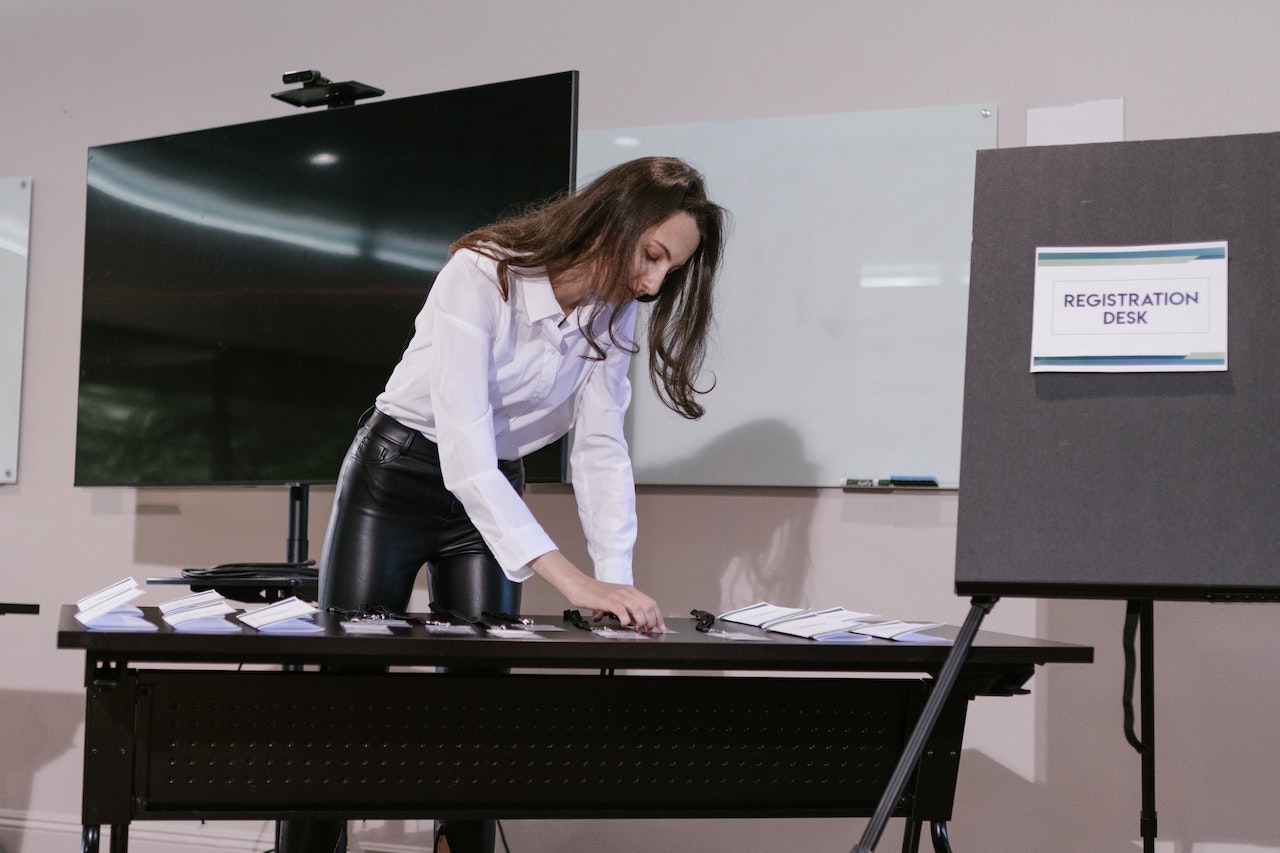
Your venue becomes the scene where success is judged in the vibrant world of conferences, where concepts clash and innovations grow. The skill of strategically designing a memorable venue entails knowing your audience, boosting interaction, and leaving a lasting impression. It is not just about looks. You’ll learn the intricate details of designing a conference space that grabs attention, encourages meaningful connections, and makes sure your event is remembered long after it is over in this professional guide.
1. Strategic Spatial Design: Crafting an Immersive Experience
Imagine your conference space as a canvas and the spatial design elements as the paint brushes that give it life. More than merely setting up podiums and seats, strategic spatial design involves a precise orchestration of space to increase guest involvement, however, you can also go for a 10×10 trade show display for a big display in your spatial design. Organize heavy traffic locations, such as registration desks and refreshment stations, by taking the movement of people into account. Establish distinct areas for networking that are furnished with cozy chairs and soft lighting to encourage interaction and cooperation. Accept flexible furniture configurations that are simple to change to suit various session forms.
2. Technological Integration: Elevating Interactivity and Connectivity
Modern technology should be included in your conference space as a matter of course in the digital era. Accept interactive touchscreens and digital displays that provide schedules, speaker biographies, and session information in real time, giving participants easy access to information. Utilize event applications that provide customized schedules, real-time polling, and networking options to increase participant connection and engagement. Set up reliable Wi-Fi networks that can manage a lot of connections at once to ensure that faraway participants can participate virtually and broadcast live events without any interruptions.
3. Sensory Branding: Engaging Through Sight, Sound, and Taste
The use of sensory branding, a potent strategy that appeals to guests’ senses, may have a significant effect on how they remember and perceive your event. Start with visually appealing components that complement your conference theme and corporate identity, such as customized signs, digital displays, and immersive multimedia presentations. Pay close attention to the audio components and make wise investments in sound equipment and acoustics to guarantee clear communication and powerful keynote presentations. Use strategically positioned fragrance diffusers to improve the olfactory experience by softly introducing comforting smells that uplift the mood and improve the atmosphere. Consider catering solutions that tantalize taste senses as well, delivering a variety of gourmet dishes that accommodate a range of dietary restrictions.
4. Immersive Content Spaces: Inspiring Learning and Collaboration
Attendees at conferences want inspiration and deep relationships as well as knowledge. Within your venue, create immersive content areas with a variety of learning and collaboration opportunities. Designate innovation areas with cutting-edge tools and working prototypes so that participants may get up close and personal with the newest discoveries. Create inviting spaces with comfortable furniture and pleasant lighting to foster private conversations and brainstorming sessions. Create interactive workshops using specific tools and equipment so that participants may participate in experiential learning.
5. Professional Event Staff: Ensuring Seamless Execution and Attendee Satisfaction
There is a team of committed specialists coordinating every aspect with accuracy and care behind every outstanding meeting location. Invest in a qualified event management staff that is experienced in addressing conferences’ complicated issues. Build a crew that radiates professionalism and warmth, from seasoned organizers and tech support experts to amiable ushers and catering workers. Make sure that all staff members are properly trained and aware of the event schedule, venue layout, and emergency protocols. Stress the value of proactive problem-solving, making sure that issues are resolved quickly and subtly to maintain the conference’s smooth flow.
6. Inclusive Accessibility: Ensuring Participation for All Attendees
Inclusion is essential to building a unique meeting location and is not merely a moral need. Give accessibility features a priority to enable guests with a range of requirements to engage and participate fully in the event. Install ramps and elevators for wheelchair accessibility, and designate locations for those with mobility issues to sit. To accommodate participants with hearing difficulties, use visual and aural aids like captioned displays and sign language interpreters. Provide calm areas for participants who need a respite from sensory stimulation, creating a tranquil setting for rest and renewal.
Conclusion
It takes careful coordination of strategic planning, technological innovation, sensory engagement, professional execution, inclusion, and deliberate post-event interaction to create a memorable site for your next conference. To ensure that your conference is more than simply an event but a transforming journey, keep in mind that the secret lies in recognizing the different requirements of your audience and adapting every part of the venue to maximize their experience.
